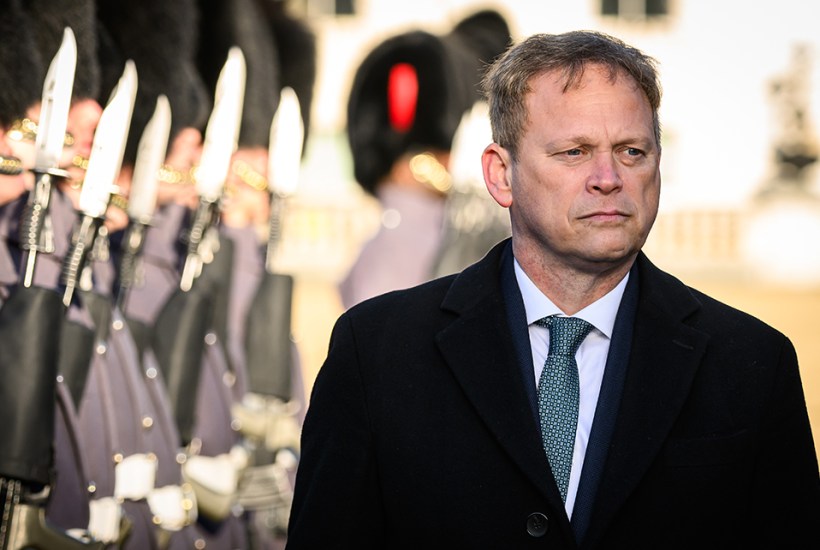When the Berlin Wall fell, the British Army had 152,800 soldiers. Tony Blair’s government cut this to 110,000; David Cameron’s reduced it to 87,000. Plans to let that number fall to 82,000 were accelerated by the former defence secretary Ben Wallace. It’s generally accepted that by next year numbers will have dropped to 72,500.
Already a subscriber? Log in
Subscribe for just $2 a week
Try a month of The Spectator Australia absolutely free and without commitment. Not only that but – if you choose to continue – you’ll pay just $2 a week for your first year.
- Unlimited access to spectator.com.au and app
- The weekly edition on the Spectator Australia app
- Spectator podcasts and newsletters
- Full access to spectator.co.uk
Or
Unlock this article
You might disagree with half of it, but you’ll enjoy reading all of it. Try your first month for free, then just $2 a week for the remainder of your first year.








Comments
Don't miss out
Join the conversation with other Spectator Australia readers. Subscribe to leave a comment.
SUBSCRIBEAlready a subscriber? Log in